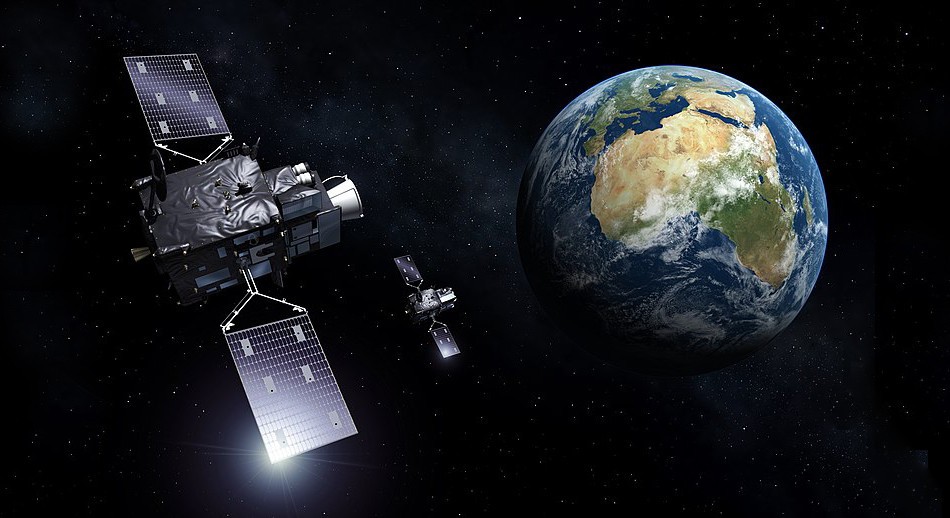


This gives them the appearance of staying still at the same point above Earth.

Six years after the first polar-orbiting satellite was launched, geostationary satellites were put into orbit. These satellites "sit" along the equator and move at the same speed as the Earth rotates. Nicknamed GOES for " Geostationary Operational Environmental Satellites," one keeps watch over the East Coast (GOES-East) and the other, over the West Coast (GOES-West). The United States currently operates two geostationary satellites. For that, we depend on geostationary satellites. However, this is not-so-good for tracking the development of individual storms. This is good for providing a complete picture of what's happening weather-wise across the globe, and for this reason, polar-orbiting satellites are best for long-range weather forecasting and monitoring conditions like El Niño and the ozone hole. Polar-orbiting satellites never pass over the same location more than once daily. However, because the Earth rotates west-to-east underneath a polar-orbiting satellite's path, the satellite essentially drifts westward with each Earth revolution. As you might think, this makes them good at capturing high-resolution images, but a drawback of being so close is they can only "see" a narrow swath of area at one time. Polar-orbiting satellites circle the Earth at a relatively close distance to it (roughly 500 miles above Earth's surface). TIROS 1, the first weather satellite in existence, was polar-orbiting, meaning it passed over the North and South Poles each time it revolved around the Earth. Called POES (short for Polar Operating Environmental Satellite), one operates during the morning and one during the evening. The United States currently operates two polar-orbiting satellites. Now that we know what weather satellites are, let's take a look at the two kinds of weather satellites that exist and the weather events each is best at detecting. Weather satellites are also used to monitor environmental events that interact with the atmosphere and have broad areal coverage, such as wildfires, dust storms, snow cover, sea ice, and ocean temperatures. Since clouds are weather phenomena that "live" highest in the atmosphere, weather satellites are notorious for monitoring clouds and cloud systems (such as hurricanes), but clouds aren't the only thing they see. This extended view also helps meteorologists spot weather systems and patterns hours to days before being detected by surface observing instruments, like weather radar. Just like rooftop or mountaintop views offer a wider view of your surroundings, a weather satellite's position several hundred to thousands of miles above Earth's surface allows for the weather in a neighboring part of the US or that hasn't even entered the West or East Coast borders yet, to be observed. Except instead of transmitting data back to Earth that powers your television, XM radio, or GPS navigation system on the ground, they transmit weather and climate data that they "see" back to us in pictures. Like ordinary space satellites, weather satellites are man-made objects that are launched into space and left to circle, or orbit, the Earth.


 0 kommentar(er)
0 kommentar(er)
